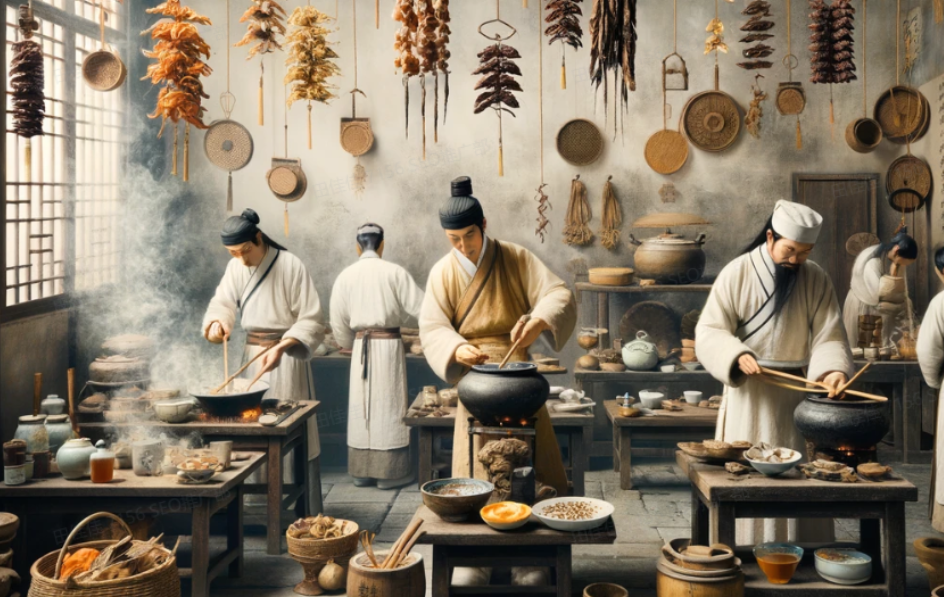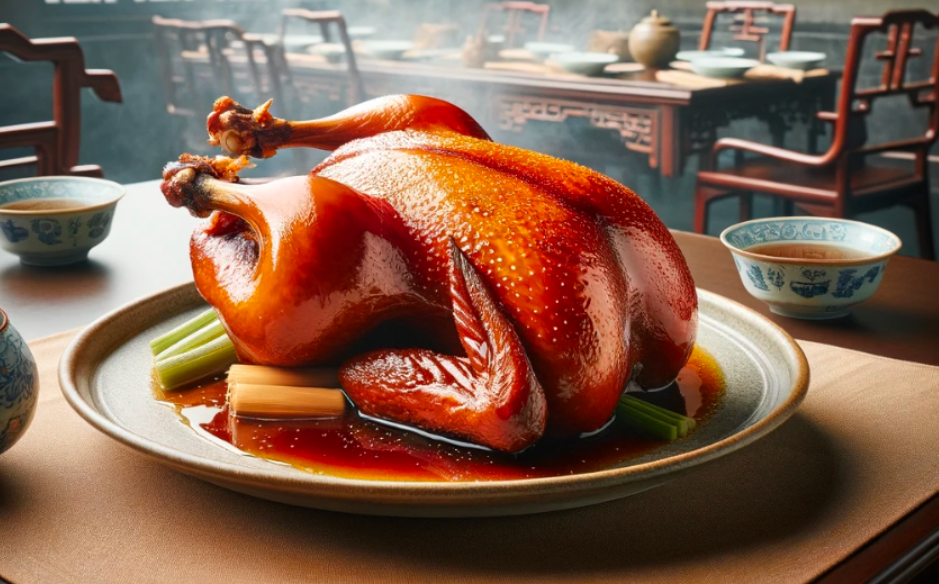Top 10 Traditional Chinese Dishes and Regional Cuisines: Find Your Favorite
Food is an essential part of life. Welcome to a historical journey of Chinese cuisine, a flavorful exploration spanning millennia. Chinese culinary culture is deeply rooted in ancient traditions, with each traditional dish embodying rich historical stories and cultural significance. This article will take you on a deep dive into the essence of Chinese traditional cuisine, from the flavor profiles of the eight major cuisines to the tasting of ten classic dishes, and the stories and etiquette behind them. Join us in experiencing the charm of China's thousand-year-old culinary culture.

1. Top Ten Traditional Chinese Dishes
The selection of the top ten traditional Chinese dishes considers various factors, including historical and cultural value, uniqueness of flavor, popularity, representation, and contribution to Chinese food culture. The following list, along with their features and eating methods, presents a comprehensive view based on these criteria. Although specific lists may vary depending on different evaluation standards and sources, the following dishes are undeniably classics of Chinese culinary culture.

1. Peking Duck
Features: Peking Duck is one of China's national banquet-level dishes, made from top-quality Beijing ducks, prepared through marination, hanging, and roasting processes. The result is crispy skin and tender meat, with a distinctive flavor.
How to eat: Typically served with thin pancakes, sweet bean sauce, and scallion slices for wrapping.
2. Shanghai Soup Dumplings
Features: Shanghai soup dumplings, a traditional delicacy in the Jiangnan region, are known for their thin skin, generous filling, and rich broth.
How to eat: Take a small bite, sip the broth, and then enjoy the filling.
3. Sichuan Hot Pot
Features: Famous for its numbing and spicy flavors, Sichuan hot pot is characterized by its unique balance of spiciness without burning and numbing without bitterness, along with a wide variety of ingredients. It’s both a social dining experience and a flavorful treat.
How to eat: Dip ingredients in the hot pot and enjoy them with dipping sauce.
4. Cantonese Dim Sum
Features: Cantonese dim sum is not just a meal but also a cultural phenomenon in Guangdong. With a wide variety of items like siu mai, shrimp dumplings, and barbecued pork buns, it’s a refined dining experience.
How to eat: Pair with tea and savor slowly.
5. Yangzhou Fried Rice
Features: Known for its vibrant colors, delicious flavors, and diverse ingredients, Yangzhou fried rice is made with a combination of eggs, shrimp, ham, and rice, making it a classic Chinese fried rice dish.
How to eat: Enjoy it as a main course without any additional sides.
6. Shandong Sweet and Sour Carp
Features: A perfect balance of sweet and sour, crispy on the outside and tender on the inside.
How to eat: Enjoy it directly, savoring the harmony between the fish and the sauce.
7. Hunan Steamed Fish Head with Chopped Chili
Features: A representative dish of Hunan cuisine, the fish head is tender, and the chopped chili adds a unique spicy flavor.
How to eat: Serve with rice to balance the spiciness.
8. Shaanxi Roujiamo
Features: Roujiamo, a traditional Shaanxi snack, is loved for its soft bun and rich, savory meat filling, often referred to as the "Chinese hamburger." How to eat: Eat directly for a quick and satisfying meal.
9. Fujian Buddha Jumps Over the Wall
Features: A traditional high-end dish from Fujian, Buddha Jumps Over the Wall is renowned for its precious ingredients, delicious taste, and nutritional value. It symbolizes good fortune and prosperity.
How to eat: Typically enjoyed as a premium banquet dish.
10. Yunnan Crossing the Bridge Noodles
Features: A traditional Yunnan specialty, this dish is known for its flavorful broth and variety of ingredients. Hot soup is poured into a bowl containing rice noodles and various toppings, making for a delicious and fun meal.
How to eat: Pour the hot broth into the bowl, then quickly add the toppings.
These dishes are not only a feast for the taste buds but also a reflection of China’s rich cultural traditions and regional characteristics. Following the traditional ways of eating these dishes enhances the experience of their unique flavors and honors the rich heritage of Chinese culinary culture.
Previous article:none
Next article:The Most Worth-Trying Chinese Foods
